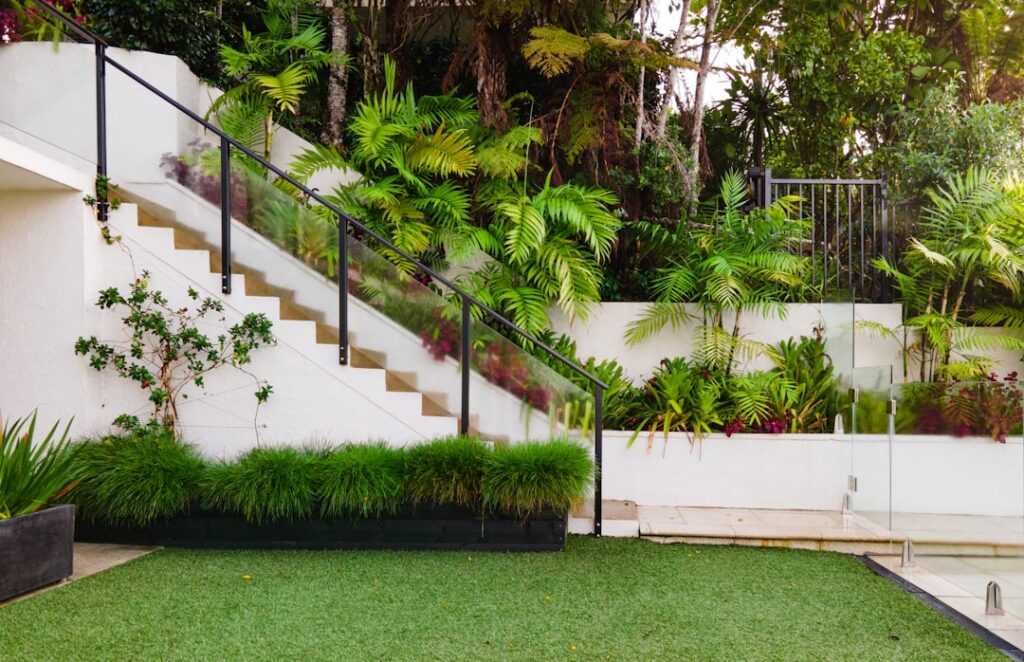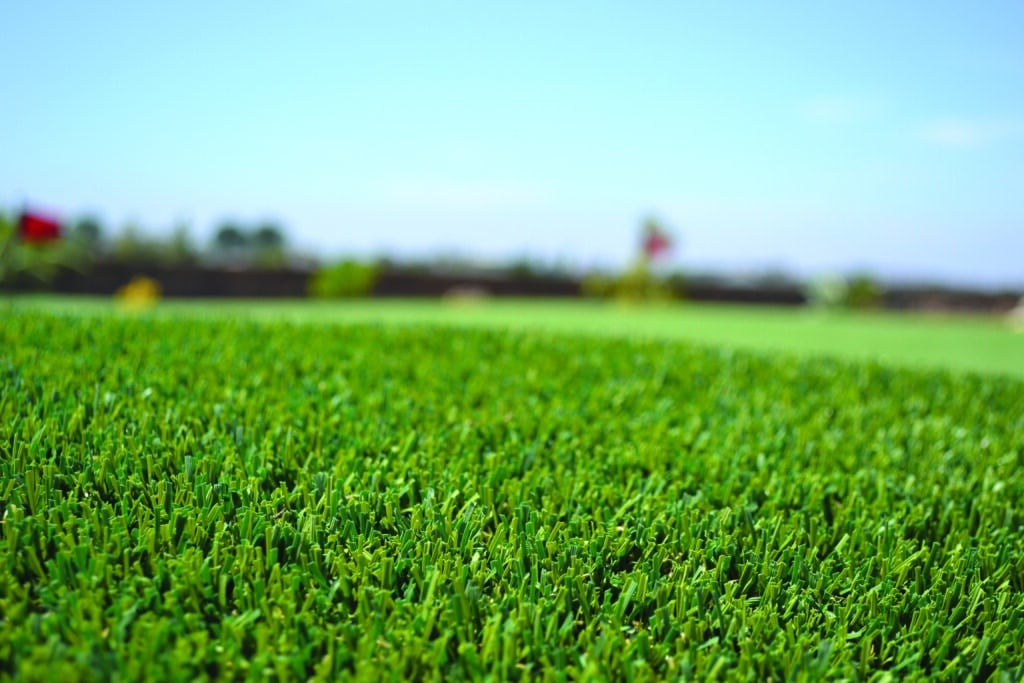Artificial turf, or fake grass, is a popular choice for many homeowners and businesses. It offers a lush, green, and maintenance-free alternative to natural grass.
However, the cost of installing artificial turf can be a significant investment.
This article aims to help you navigate the process of turf installation. We’ll provide practical tips on how to save money without compromising on quality.
We’ll explore factors that influence artificial grass installation costs. We’ll also discuss strategies to minimize these expenses.
Whether you’re a homeowner, property manager, or small business owner, this guide is for you.

Before you start your artificial turf project, it’s crucial to understand the costs involved.
The average cost of installing artificial grass varies widely. It depends on several factors, which we’ll discuss in the next section.
Here’s a general breakdown of the costs you might encounter:

The size of the area is a primary factor in determining the cost. Larger areas require more turf and more labor, increasing the overall cost.
The type of turf you choose also plays a significant role. High-quality artificial grass often comes with a higher price tag.
Preparation work is another cost factor. This can include removing existing grass, leveling the ground, and installing a proper base.
The type of project can also affect the cost. For example: the type of turf needed for a backyard putting green is different than the turf for just your lawn.
Lastly, whether you choose to install the turf yourself or hire professionals will greatly impact the cost.
When comparing artificial turf costs, consider both upfront and long-term expenses.
While artificial turf may have a higher initial cost than natural grass, it often pays off in the long run.
Artificial turf requires less maintenance and is more durable, leading to potential savings over time.
Planning is a crucial step in your turf installation project.
A well-thought-out plan can help you avoid unnecessary costs and ensure a successful installation.
Start by measuring your space accurately. This will help you determine how much turf you need to purchase.
Next, choose the right type of turf for your specific needs. Different types of turf come with different costs and benefits.

Accurate measurements are key to avoiding excess purchasing.
Use a tape measure to get the length and width of your space. Then, multiply these numbers to get the total square footage.
Remember to account for any irregularities in your space, such as curved edges or obstacles.
Choosing the right turf can also help you save money.
Different types of turf are designed for different uses. For example, some are more durable and suitable for high-traffic areas, while others are softer and more comfortable for leisure areas.
Consider your specific needs and choose a turf that meets them without exceeding your budget.
There are several strategies you can employ to save money on your synthetic lawn.
Consider buying in bulk. Many suppliers offer discounts for large orders.
Another option would be to buy remnants from an artificial turf or landscape company.
Finally, consider doing the installation yourself. This can save you a significant amount on labor costs.
Buying in bulk can significantly reduce your per-square-foot cost.
Ask your supplier if they offer discounts for large orders.
If bulk isn’t an option, consider buying remnants from a landscape or artificial grass business. These companies often sell excess or unused products at discounted prices. Be sure to check your social media marketplace listings or reach out to your local turf company.
Doing the installation yourself can save you a significant amount on labor costs.
However, it’s important to note that DIY installation requires a certain level of skill and effort.
If you’re not confident in your abilities, it may be worth hiring a professional. They can ensure the job is done right, saving you money in the long run.

When budgeting for your turf installation, there are additional factors to consider.
For instance, the time of year and local climate can impact costs.
Also, consider the long-term savings and maintenance costs associated with artificial turf.
The time of year can impact the cost of your artificial grass installation.
For example, installers may offer discounts during their off-peak seasons.
Additionally, the type of turf you choose may depend on your local climate, which can also affect cost.
Artificial turf can offer significant long-term savings.
Unlike a natural lawn, synthetic grass requires minimal maintenance and can last for many years.
However, it’s important to budget for occasional maintenance to keep your turf looking its best.
By understanding the factors that influence turf installation costs, you can make informed decisions.
With careful planning and strategic cost-saving measures, you can maximize your investment in artificial turf.